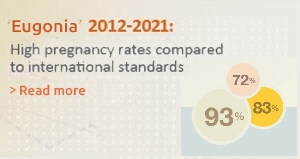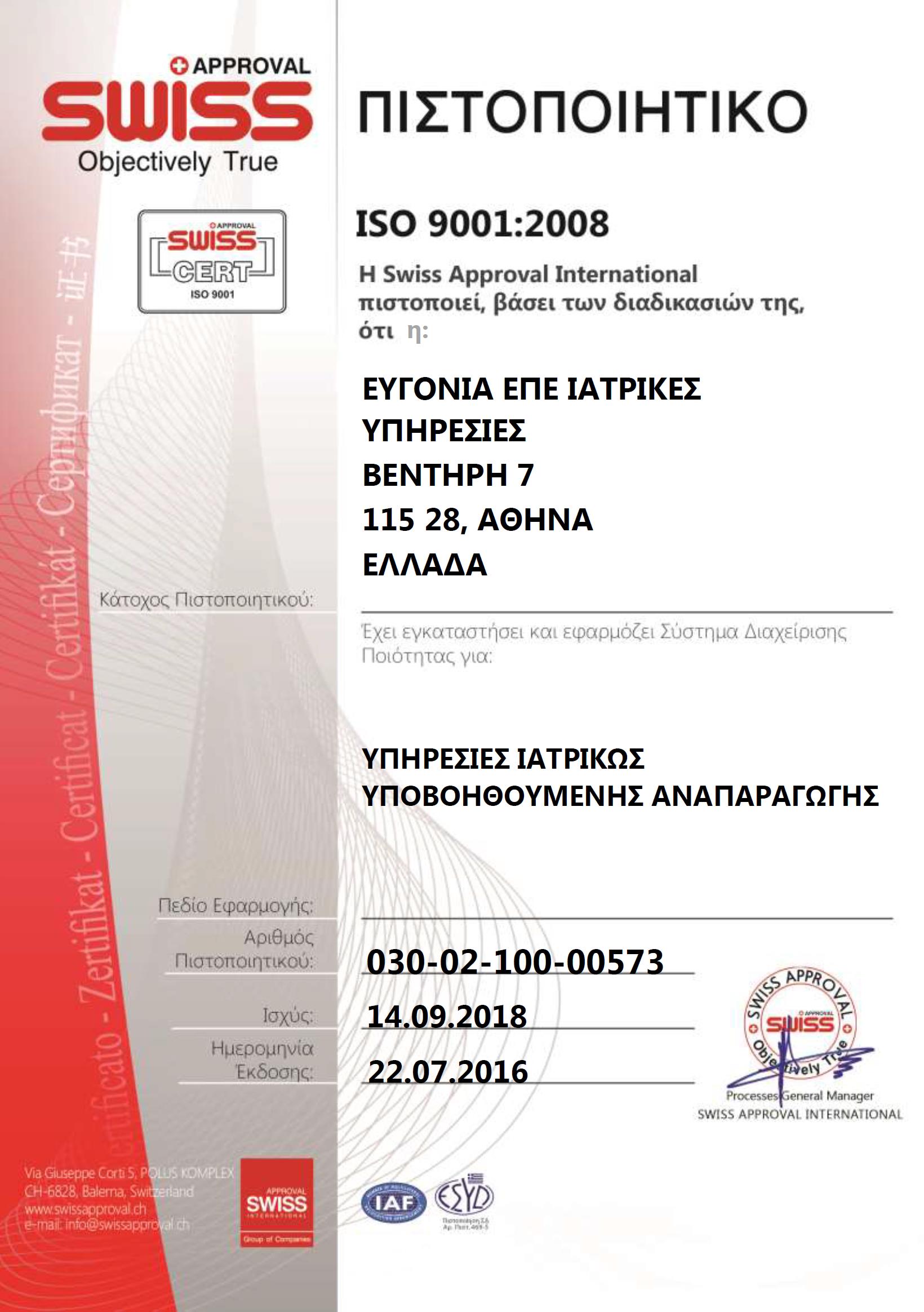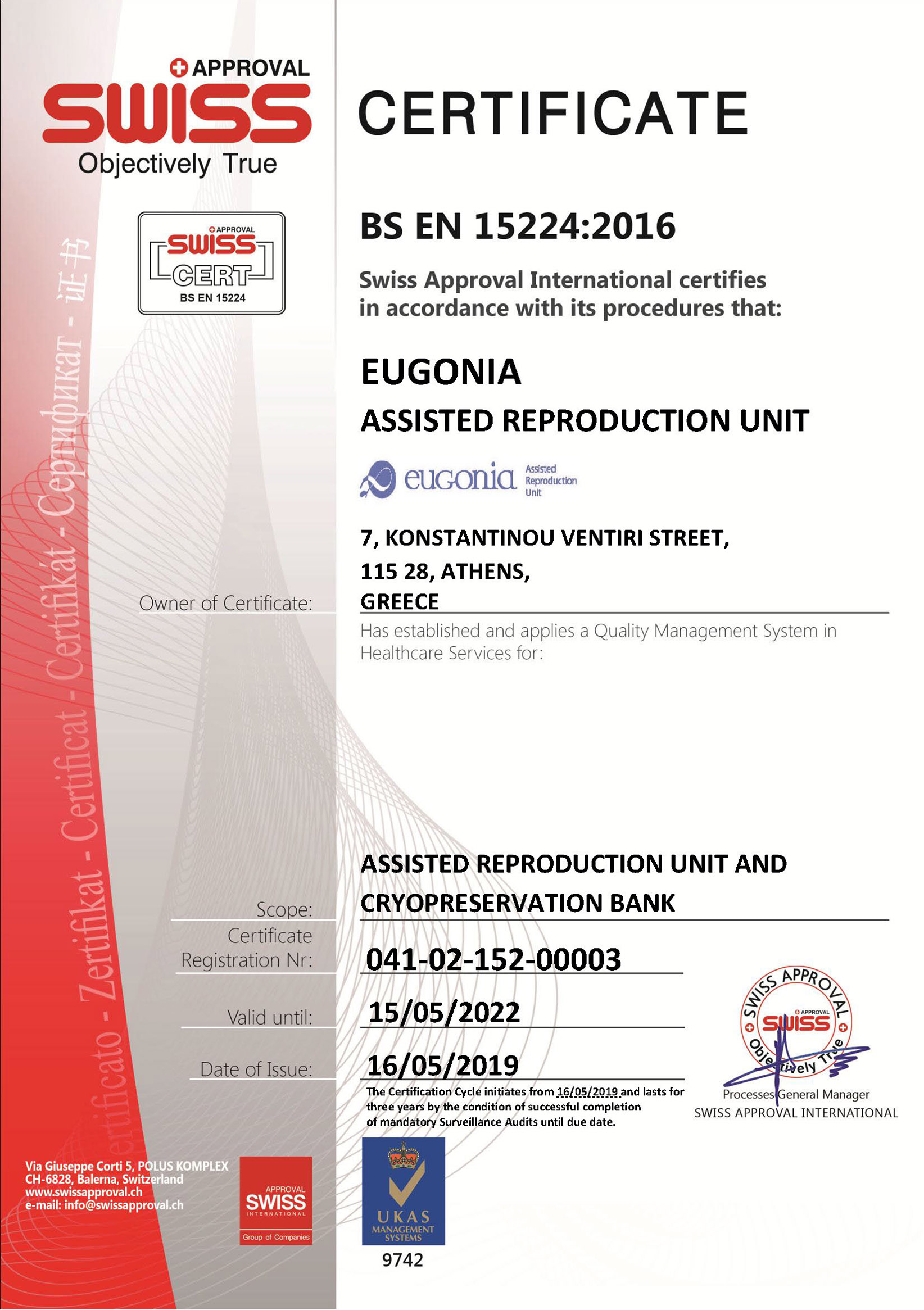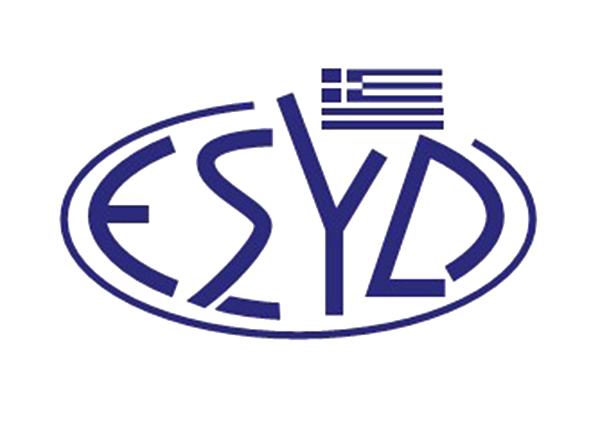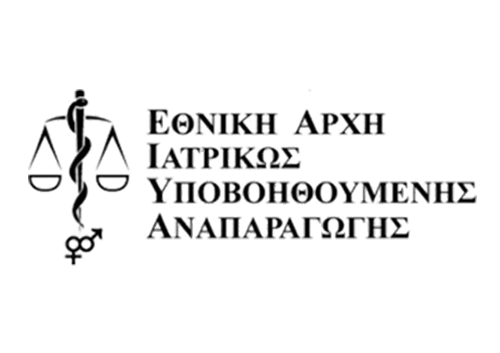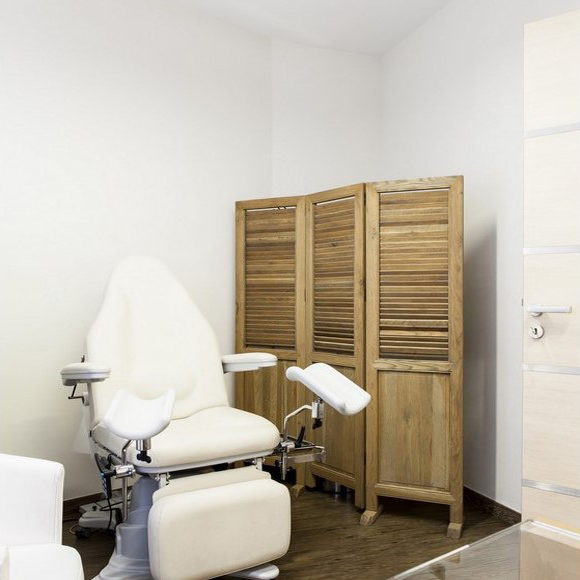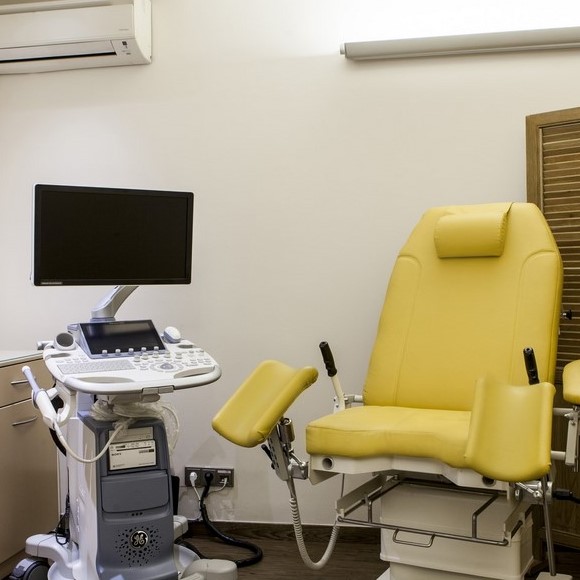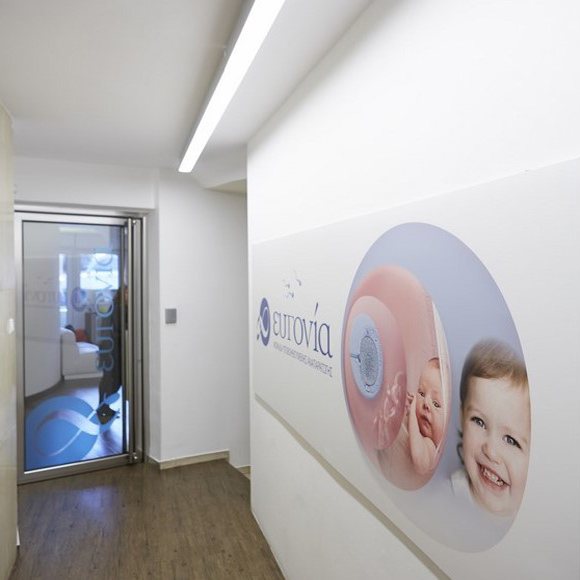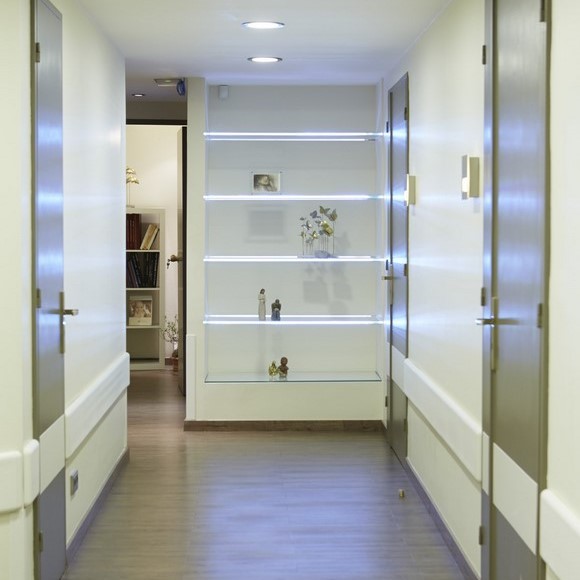The term ovarian reserve refers to the reserves of the ovaries in follicle numbers, which is expressed with the ability of the ovaries to recruit follicles when they are stimulated with drugs. As the age advances, the ovarian response to exogenous gonadotropins (e.g. Puregon, Gonal, Altermon, Menopur etc.) is reduced.
The aim of estimating the ovarian reserve is to calculate in a reliable way the number of follicles and therefore the number or oocytes that remain at a given time in the ovaries of a woman.
The precise evaluation of the ovarian reserve is especially useful in assisted reproduction treatment programs because it aids the prediction of the ovarian response to exogenous gonadotropins. Therefore, one can calculate reliably the number of follicles that are going to develop from the ovary following the administration of the optimal pharmaceutical protocol and the appropriate dosage.
The number of oocytes that will be retrieved depends on the number of follicles that are going to develop and it correlates with the chances of achieving a pregnancy. Thus, the right assessment of the ovarian reserve offers a reliable and precise prediction of the pregnancy success rates.
Assessment methods
The usual tests for the evaluation of the ovarian reserve is the hormone testing for FSH, E2 and the transvaginal ultrasound for the measuring of the ovarian volume and mainly counting the number of the small antral follicles on the 2nd or 3rd day of the menstrual cycle.
Follicles and age
The oocyte production of a woman begins during the embryonic development of the ovary. At this stage, the primordial germ cells that are called oogonia multiply fast with mitotic divisions. In the 20th week of embryonic development, the oogonia reach their maximum number of 7 million per ovary. From this time onwards, their number decreases dramatically through the process of atresia. Thus, at birth germ cells are estimated around 1-2 million, whilst at puberty around 300-400,000 remain. This reserve does not renew itself, but it gradually reduces as the age of the woman advances. At the age of 37 years, there are around 25,000 primitive follicles, while at menopause these reduce to about 1000, which disappear by 71 years of age.





